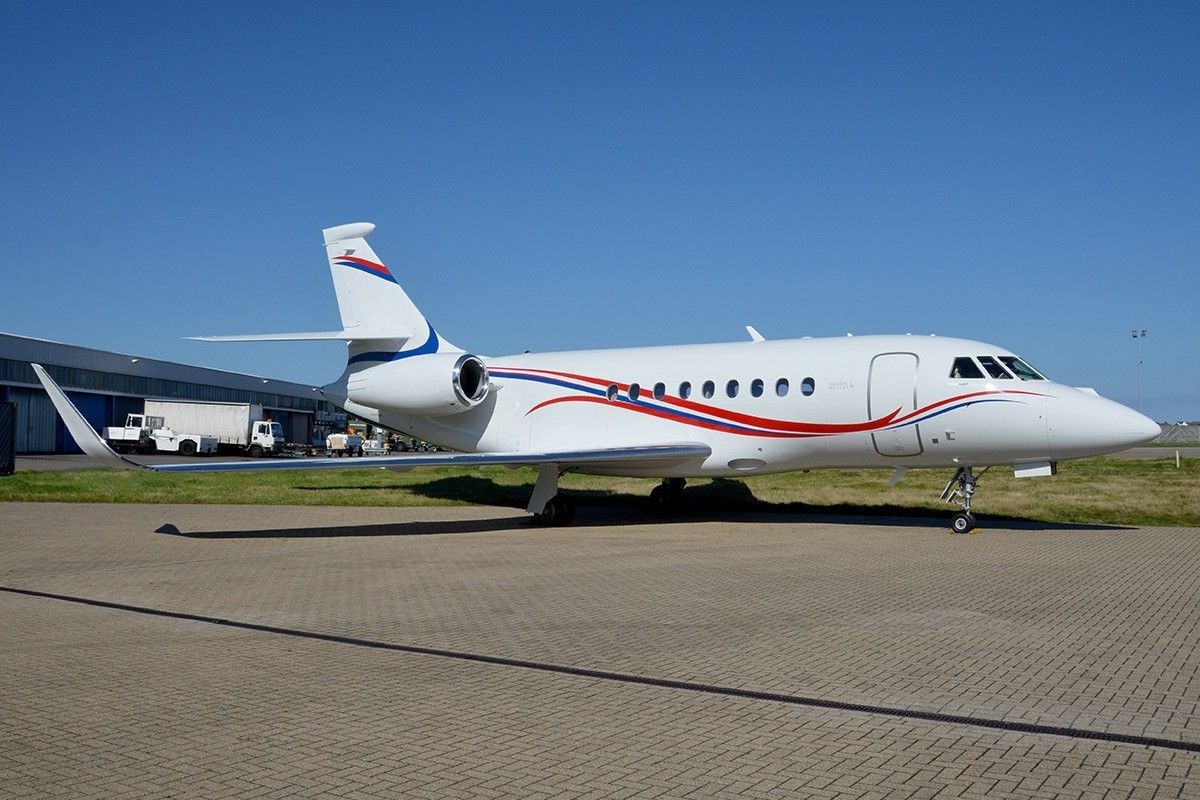
Centreline is a term that pops up in various fields, from aviation to urban planning. But what exactly does it mean? Centreline refers to an imaginary line that runs down the middle of something, dividing it into two equal parts. In aviation, it helps pilots align their aircraft with the runway. In urban planning, it marks the middle of a road or street. This concept ensures symmetry and balance, making it easier to design, navigate, and understand spaces. Whether you're a pilot, an engineer, or just curious, knowing about centreline can offer a new perspective on how things are organized and built.
What is the Centreline?
The centreline is a crucial concept in various fields, from road design to aviation. It serves as a reference point, ensuring symmetry and balance. Let's dive into some fascinating facts about the centreline.
- The centreline in road design helps keep traffic organized and safe by separating lanes of opposing traffic.
- In aviation, the centreline of a runway is marked to guide pilots during takeoff and landing.
- Surveyors use centrelines to map out property boundaries and construction sites accurately.
- The concept of the centreline is also used in sports, such as in soccer fields and basketball courts, to maintain symmetry.
Centreline in Road Design
Roads are designed with centrelines to ensure safety and order. Here are some interesting facts about how centrelines are used in road design.
- The first painted centreline appeared in Michigan in 1911 to reduce head-on collisions.
- Yellow centrelines indicate two-way traffic, while white lines separate lanes moving in the same direction.
- Broken centrelines allow for passing, while solid lines indicate no passing zones.
- Reflective paint or raised markers are often used to make centrelines visible at night or in poor weather conditions.
Centreline in Aviation
Aviation relies heavily on centrelines for navigation and safety. Let's explore some key facts about centrelines in aviation.
- Runway centrelines are marked with white stripes to guide pilots during takeoff and landing.
- Taxiways also have centrelines, usually marked with yellow lines, to help pilots navigate the airport.
- The precision of centreline markings is crucial for large aircraft to avoid veering off the runway.
- In-flight, pilots use the aircraft's centreline to maintain balance and stability.
Centreline in Surveying and Mapping
Surveyors and cartographers use centrelines to create accurate maps and plans. Here are some facts about centrelines in surveying.
- Centrelines help define property boundaries and ensure accurate land division.
- They are used to plan the layout of roads, utilities, and other infrastructure.
- Surveyors use specialized equipment to measure and mark centrelines precisely.
- Digital mapping software often includes tools for drawing and analyzing centrelines.
Centreline in Sports
Sports fields and courts use centrelines to maintain symmetry and fairness. Here are some interesting facts about centrelines in sports.
- Soccer fields have a centreline that divides the field into two equal halves.
- Basketball courts feature a centreline that separates the two halves of the court.
- Tennis courts have a centreline that helps players determine service areas.
- Ice hockey rinks use a red centreline to divide the rink and assist with gameplay rules.
Centreline in Engineering and Architecture
Engineers and architects use centrelines to ensure precision and balance in their designs. Let's look at some facts about centrelines in these fields.
- Centrelines help architects create symmetrical building designs.
- Engineers use centrelines to align machinery and equipment accurately.
- In bridge construction, centrelines ensure the structure is balanced and stable.
- Centrelines are crucial in tunnel construction to maintain a straight path.
Centreline in Art and Design
Artists and designers use centrelines to create balanced and visually appealing works. Here are some facts about centrelines in art and design.
- Centrelines help artists achieve symmetry in their compositions.
- Graphic designers use centrelines to align text and images precisely.
- Fashion designers use centrelines to create balanced and well-fitting garments.
- In photography, centrelines help photographers compose their shots effectively.
Miscellaneous Facts About Centrelines
Centrelines appear in various other fields and applications. Here are some additional facts about centrelines.
- In anatomy, the centreline of the body is called the midline, dividing the body into left and right halves.
- Centrelines are used in shipbuilding to ensure the vessel is balanced and seaworthy.
- In robotics, centrelines help guide the movement and positioning of robotic arms.
- Centrelines are used in landscaping to plan symmetrical garden layouts.
- In manufacturing, centrelines ensure that products are assembled accurately and consistently.
The Final Word on Centreline
Centreline isn't just a line on the road; it's a fascinating topic with layers of history, science, and practical use. From its origins in early road safety to its role in modern traffic management, the centreline has evolved significantly. It helps keep drivers safe, guides traffic, and even influences road design. Knowing these 33 facts gives you a deeper appreciation for something we often take for granted. Next time you’re driving, remember the importance of that simple line. It’s more than paint on asphalt; it’s a crucial part of our daily lives. Whether you’re a driver, cyclist, or pedestrian, understanding the centreline can make you more aware and safer on the road. So, keep these facts in mind and share them with others. Knowledge is power, especially when it comes to road safety.
Was this page helpful?
Our commitment to delivering trustworthy and engaging content is at the heart of what we do. Each fact on our site is contributed by real users like you, bringing a wealth of diverse insights and information. To ensure the highest standards of accuracy and reliability, our dedicated editors meticulously review each submission. This process guarantees that the facts we share are not only fascinating but also credible. Trust in our commitment to quality and authenticity as you explore and learn with us.
